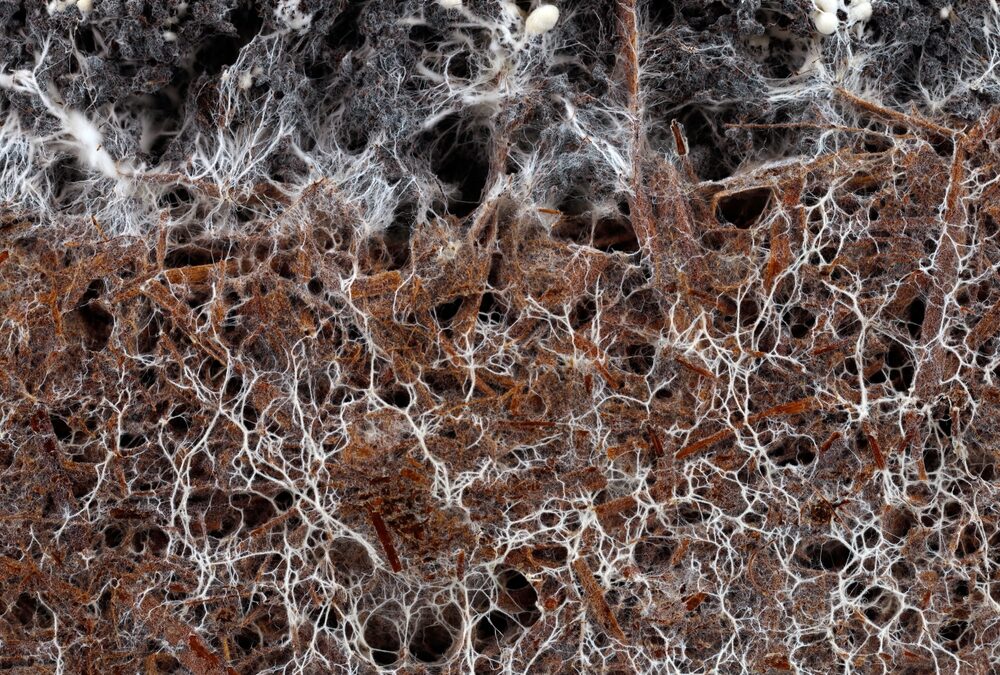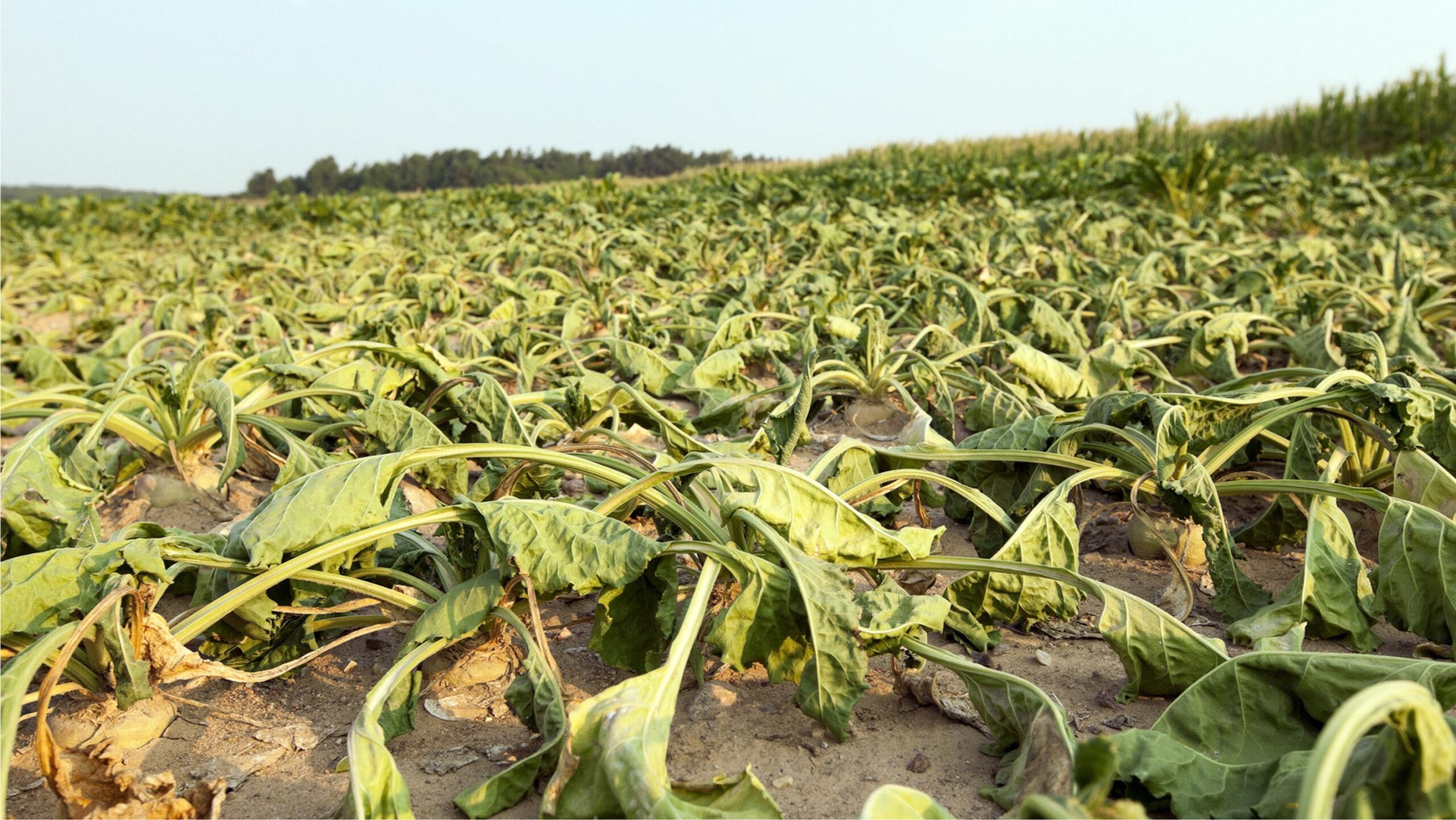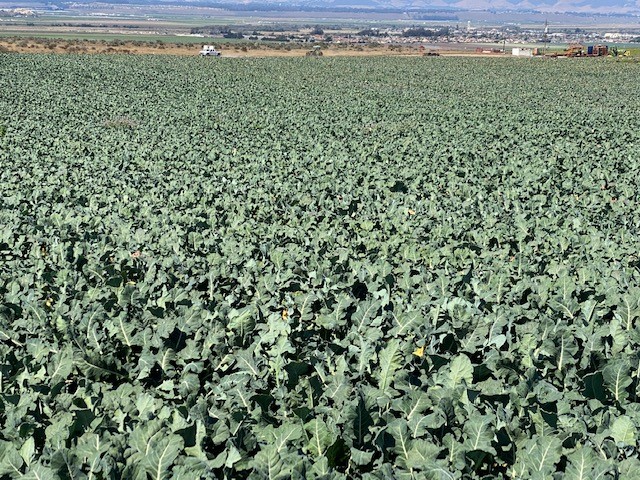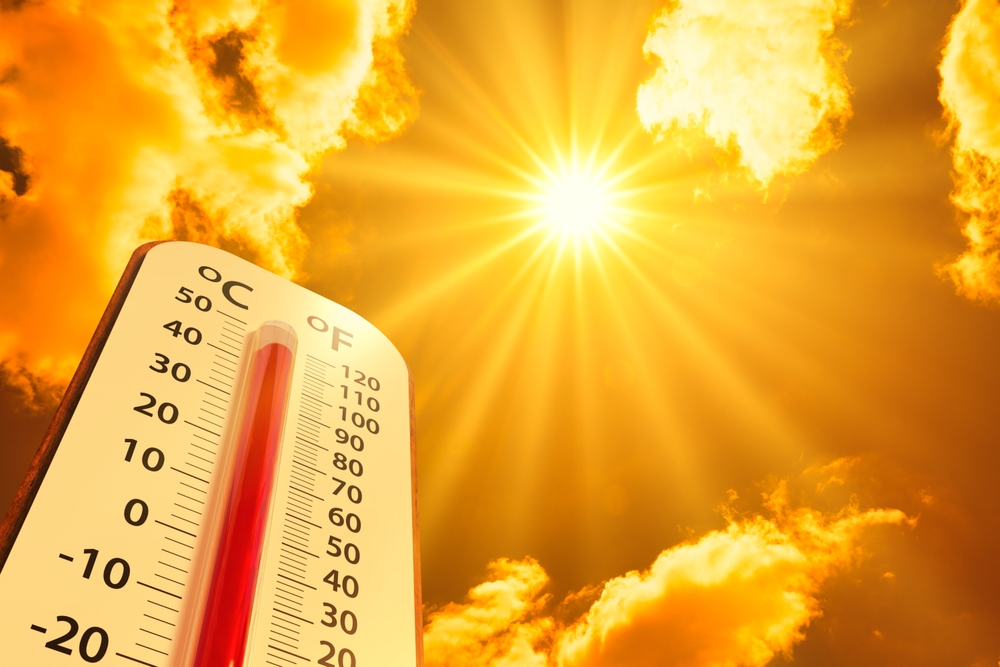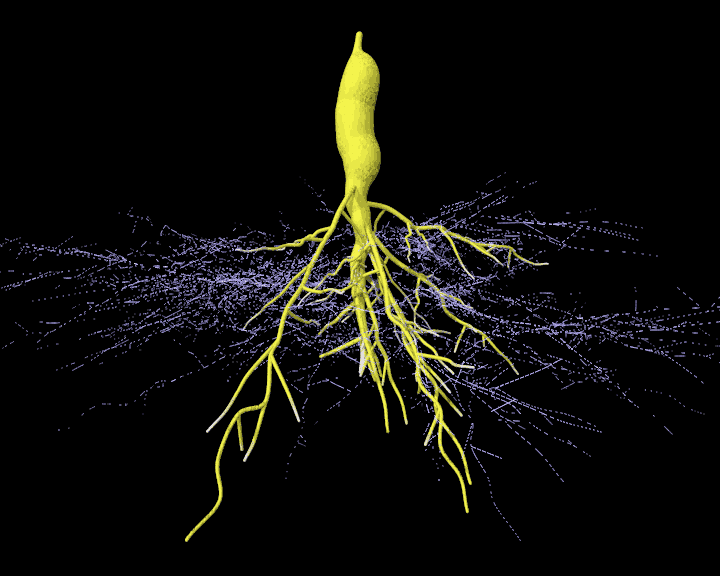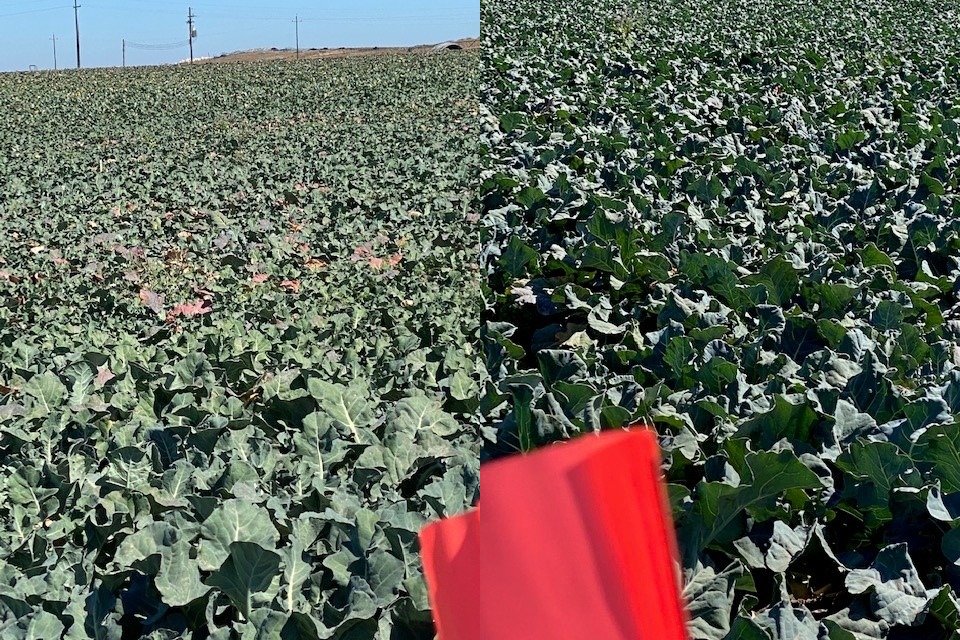Plant metabolism basically can be divided into primary metabolism, which encompasses reactions and pathways vital for survival, and secondary metabolism, which fulfills a multitude of important functions for growth and development, including the interaction of the plant with environmental stresses.





